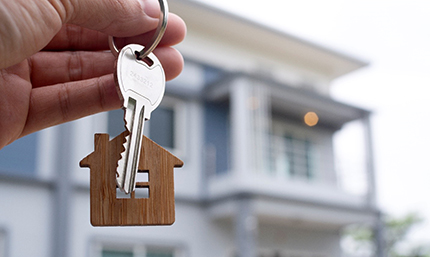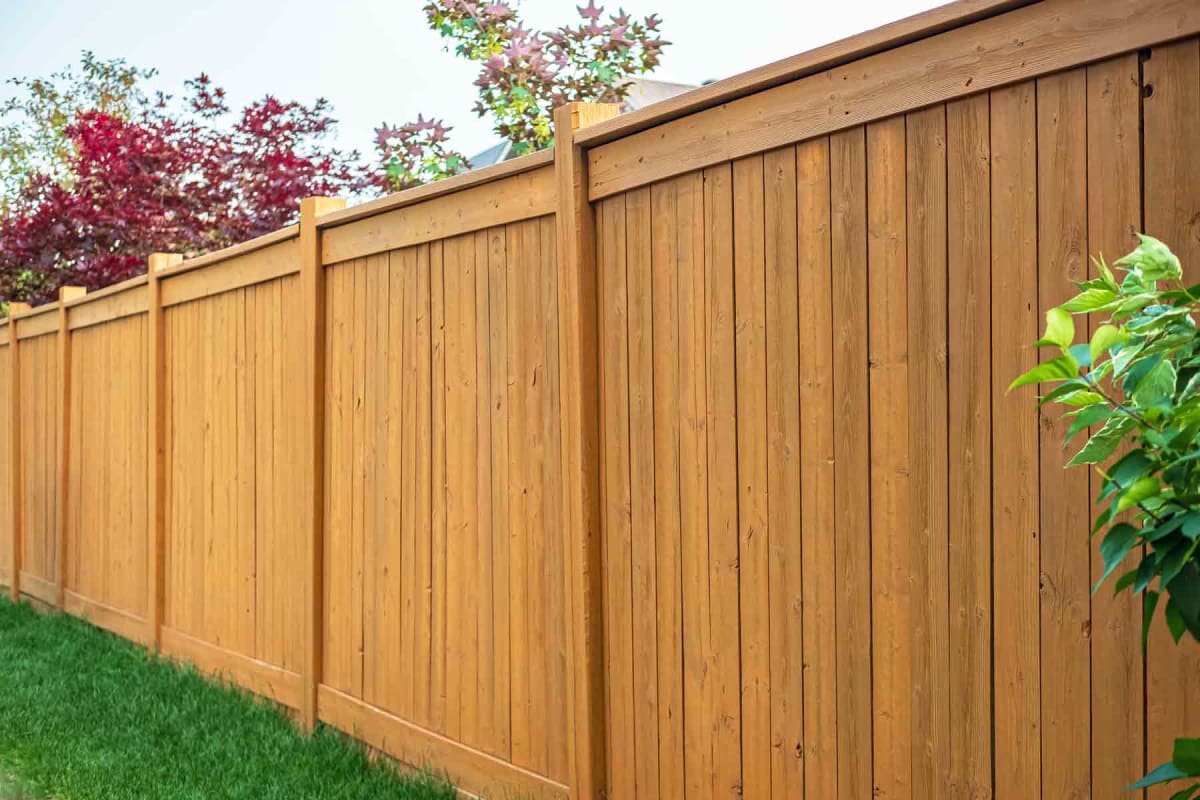When you have issues with household waste, it is vital to understand everything about separating recyclable rubbish in Australia, which can be complex for people who do not know the process. We can differentiate numerous bins for various purposes, while some items require a specific recycling station you should consider.
The main idea is to understand the differences between various rubbish types, which will help you sort properly. That way, you can prevent potential issues from happening. In this article, you will get a brief guide on how to sort rubbish for recycling in Australia.
How to Sort Rubbish for Recycling?
When it comes to rubbish separation in Australia, everything comes down to using the proper bins for each type of waste. We can differentiate four bins you must use, including yellow, red, green, and blue lids. After entering here, you will understand everything about recycling rubbish.
- General Waste
Although bin lid colours tend to vary from location you are, you should know that the red bin is always for general waste. Red bins are perfect for disposing of general household waste, which is important to remember. It is a go-to general waste bin for anything that cannot be composted or recycled.
The most common examples that go into a red bin include cellophane, cigarette buds, coffee pods, baking paper, chip packets, frying oil in a container, laminated cardboard and paper, fabric, lids, tissues, takeaway containers, sanitary products, rubber banks, pet waste and old medications among other things.
We have mentioned a few examples of waste that you should place in a red bin. Remember that when you decide to consider which bin you should sort a specific waste into, you should consider the rubbish itself and whether you can compost, or recycle it or not. If you cannot recycle the rubbish, then it should go into the red bin.
- Mixed Recycling
When it comes to recycling, you should separate and sort it away from general waste. Remember that yellow lids on bins are the signs that you should use them for the recycling process. Therefore, everything you can easily recycle should go into a yellow one including everything that comes from glass, metal, and cardboard.
The types of items that you can separate and sort from mixed recycling and general waste are:
- Cardboard packaging
- Paper bags and towels
- Glass jars and bottles
- Junk mail and envelopes
- Pizza boxes
- Plastic containers and boxes
- Steel cans
- Juice boxes
- Milk cartons
- Aerosol cans from deodorants
- Aluminium cans
- Ice cream tubs
- Egg cartons
- Baking trays
- Tin foil
You should know that sorting and separating between red and yellow bins will help you reduce the number of recyclable resources that will end up in a landfill. At the same time, when you sort mixed recyclables, you should remember to wash away containers and ensure they do not feature liquids and foods before disposing of them.
When you avoid rinsing, it means contaminating the valuable material others can reuse with organic matter and general waste. That way, you will make it unusable for recycling altogether. Check out this site: https://www.barossa.sa.gov.au/environment/waste-management-and-recycling/declutter-and-save to learn everything about recycling.
According to local councils, you should follow, the different regulations that may apply to yellow bin waste. In some areas, you will get additional blue bins just for cardboard and paper.
- Organics
One of the most important aspects when separating waste is to ensure that organic goes into a specific bin that will ensure the best course of action. In most cases, in Australia, you will notice a green bin that will offer you a perfect place of disposing of organic waste by using an eco-friendly solution.
Therefore, you can avoid taking organic matter into landfill waste, while recyclables will require immediate attention. When it comes to organic waste, it should go into the compost, which is perfect for gardening and farming purposes.
Apart from creating compost, organic material should not go into the general or red waste bin because it may lead to significant landfill issues. Organic matter does not decompose properly in landfill, meaning when you dump it on it, it will generate methane and cause severe problems along the way.
Therefore, when you use organic materials, it is vital to separate them from general waste into a green bin. The most common organic waste includes:
- Tea bags
- Eggshells
- Vegetable and fruit peels
- Houseplants and flowers
- Branches, weeds, and leaves
- Food waste
- Napkins
- Paper
Finally, you will get a blue bin, which is essential and you should use it properly for disposing of cardboard and paper waste. That way, you can prevent potential issues from happening. The main idea is to sort waste such as:
- Cardboard boxes
- Magazines
- Newspapers
- Toilet paper rolls
- Cereal boxes
If you do not have a blue bin to further separate recyclable materials and waste, you should place everything into a yellow one to ensure it undergoes the process.
Rubbish That Does Not Go into a Bin
Apart from the ones mentioned above, we should state that some household items do not go into bins, meaning you should use other ways for ensuring the best course of action. These are the items:
- Tyres
- Scrap metal
- Plastic Bags
- Paint
- Light bulbs
- Electronics
- Batteries
You should take these items to unique recycling centres that allow them, which will help you undergo disposal. If you do not have enough time to sort this rubbish and transport it to a local facility, we recommend you find a removal team that will provide you peace of mind.
Sorting Things You Can Donate
Finally, you can sort items you wish to throw out as a donation to charity. We are talking about things such as furniture, clothes, books, electronics, toys, and sports equipment you are not using anymore. Of course, if you have something in good condition that can make a difference in your community, you can donate it to a certain organization.
Therefore, if you are considering this factor, you should ensure that the item is functioning properly and in good condition and that someone can use it properly.
Bottom Line
As you can see from everything mentioned above, sorting rubbish in Australia is not too challenging a process compared with other countries. Throughout this article, you have learned a few things that will help you sort waste based on the regulations and codes. That way, you can put the proper waste into a proper bin, which is vital to remember.
The main idea is to determine the best course of action, which is why you should find a rubbish removal service. You can learn more info about them on a link we shared with you. Generally, a professional service will help you deal with specific waste, and provide you peace of mind, meaning you do not have to bring certain items directly to a recycling plant.
Some of them will sort the garbage for you, while others will require you to use specific bins as mentioned above. In both cases, you can hire someone who will handle the trash and waste time to prevent hygiene issues, especially if you wish to ensure cleanliness throughout the process.
The main goal is to understand the codes and regulations, search online for the best removal service and conduct research that will provide you with peace of mind. It is as simple as that.





More Stories
Binghamton Home Improvement Grants You Shouldn’t Miss
How to Qualify for Binghamton Housing Repair Grants in 2025
Why Minimalist Interior Design Is the Ultimate Power Move